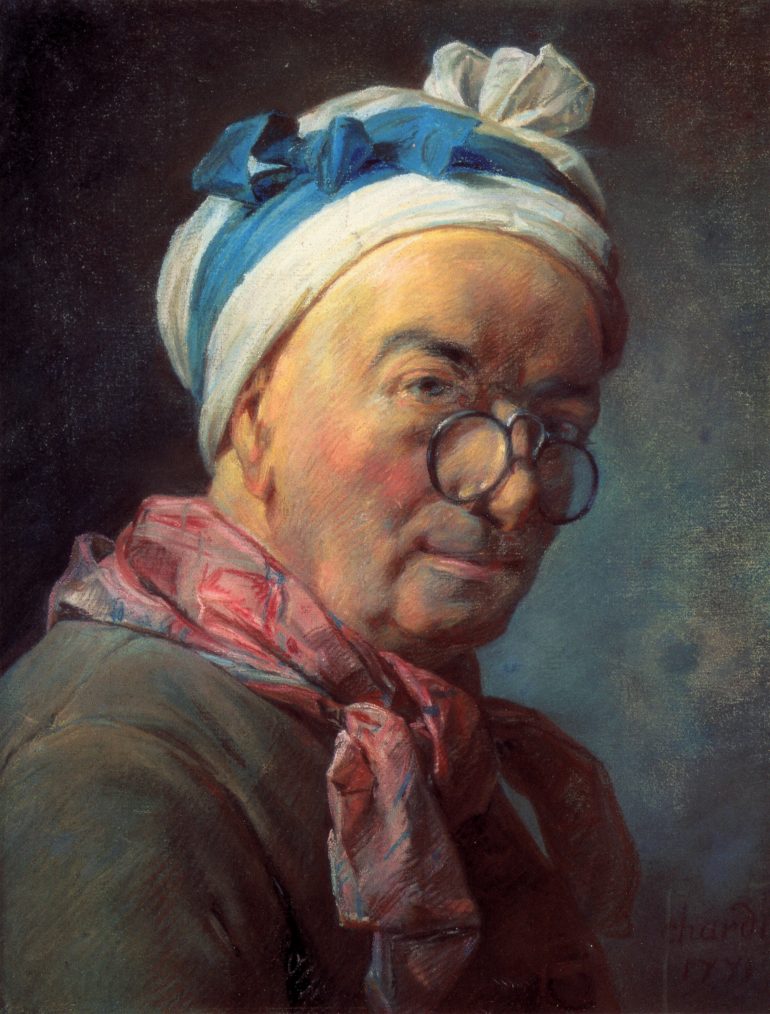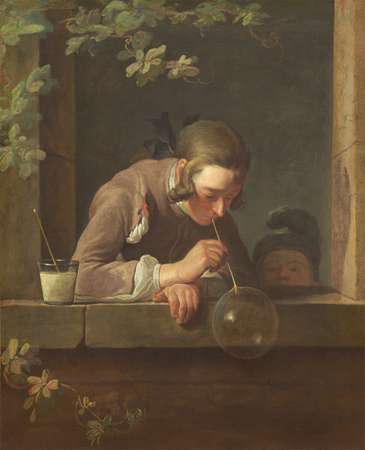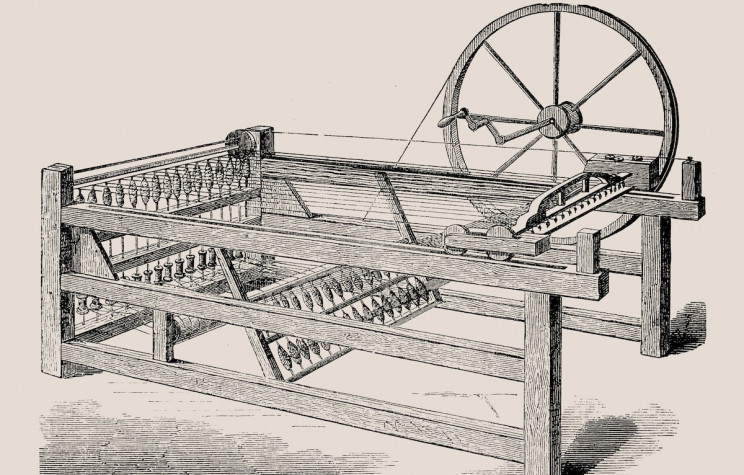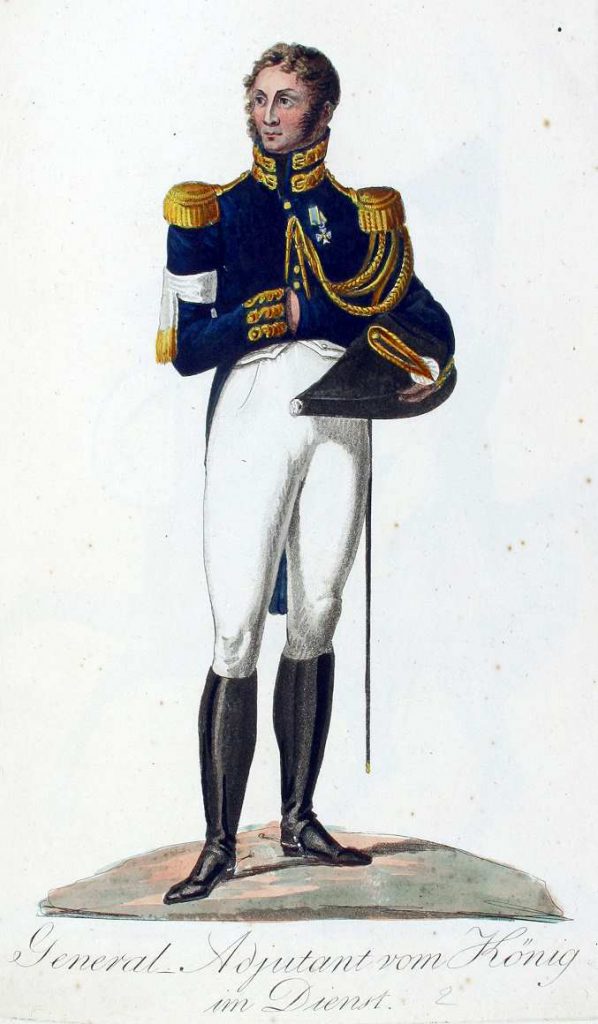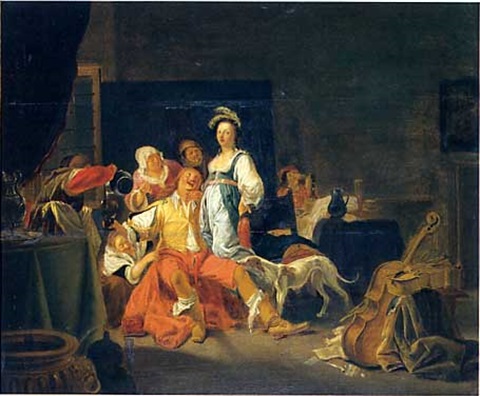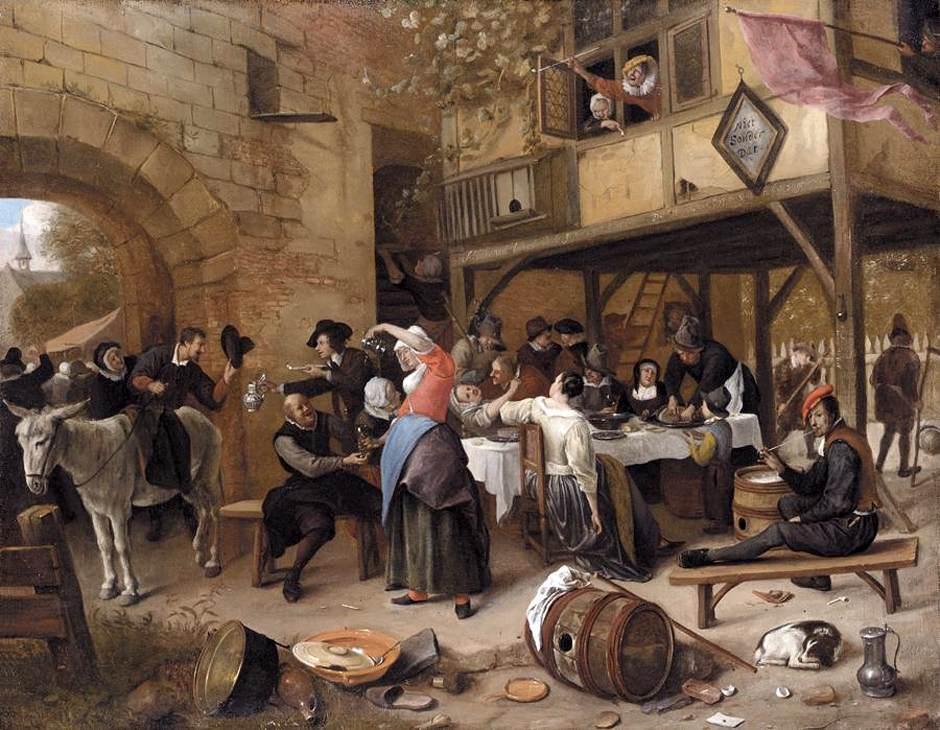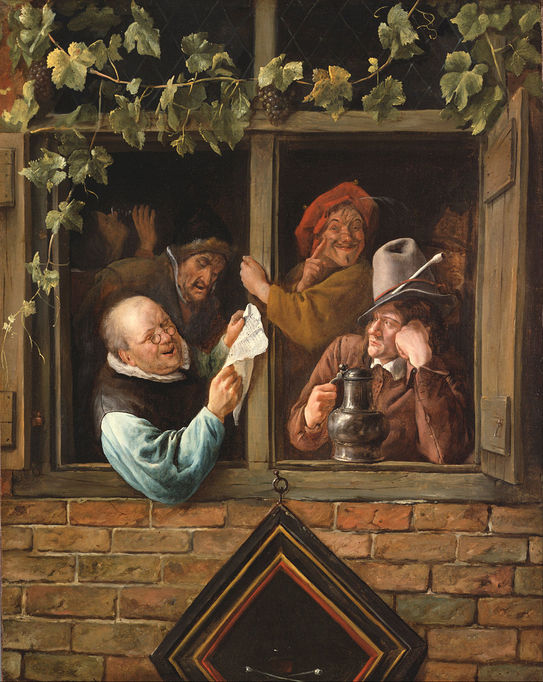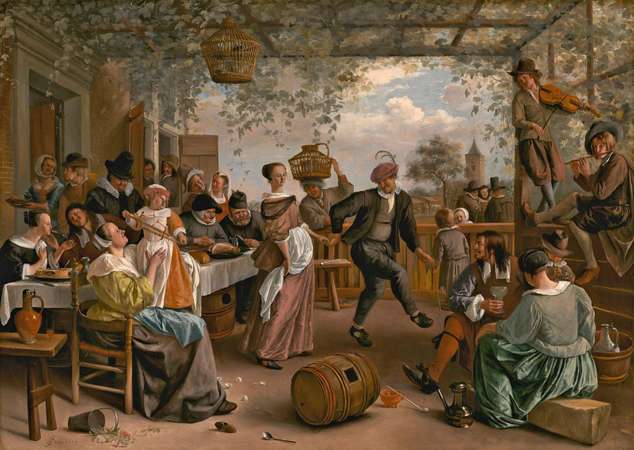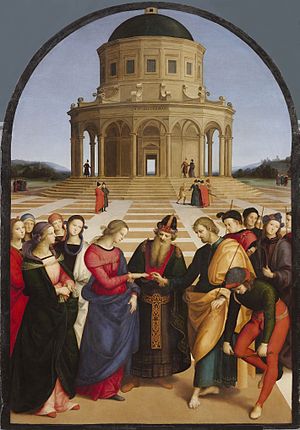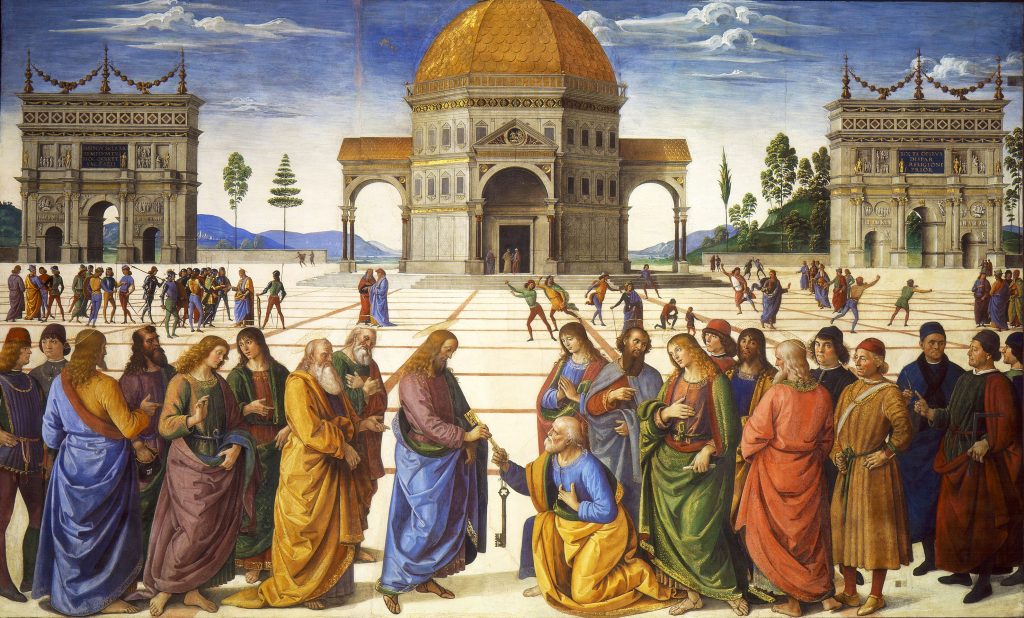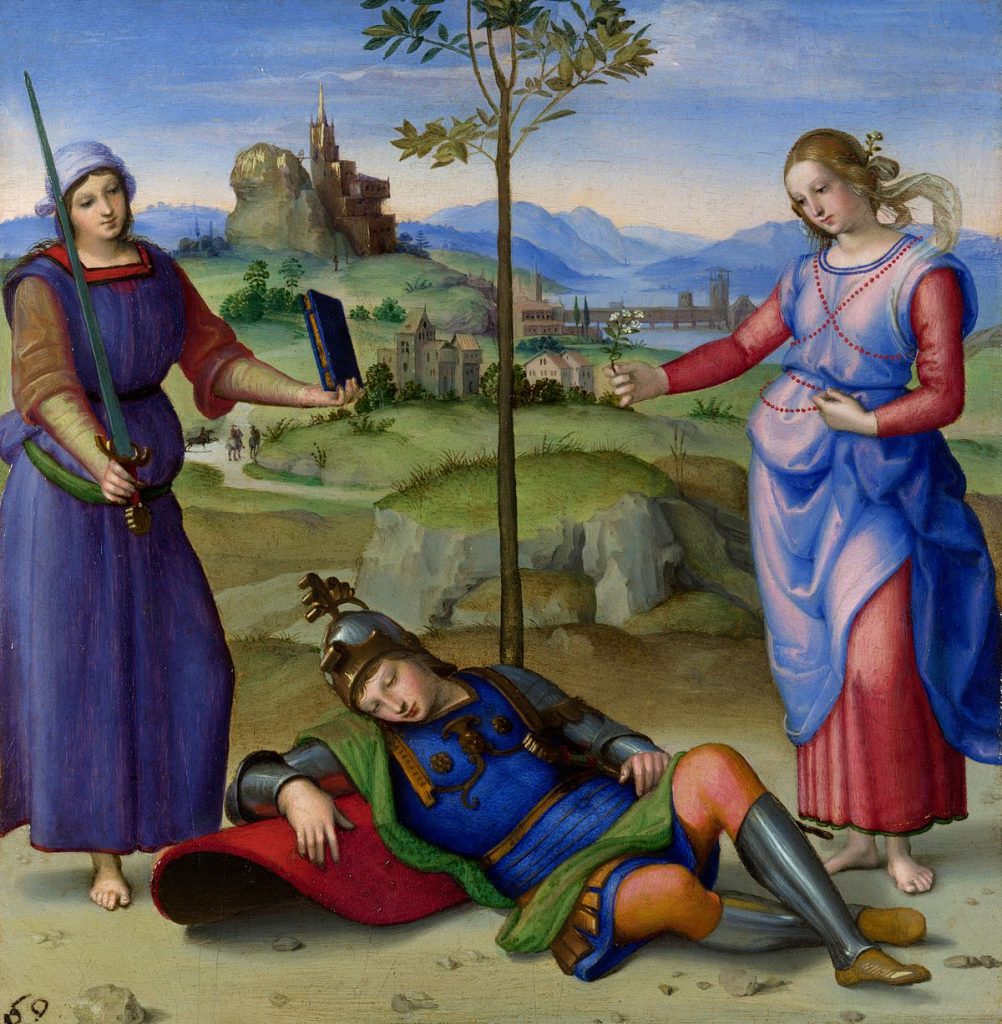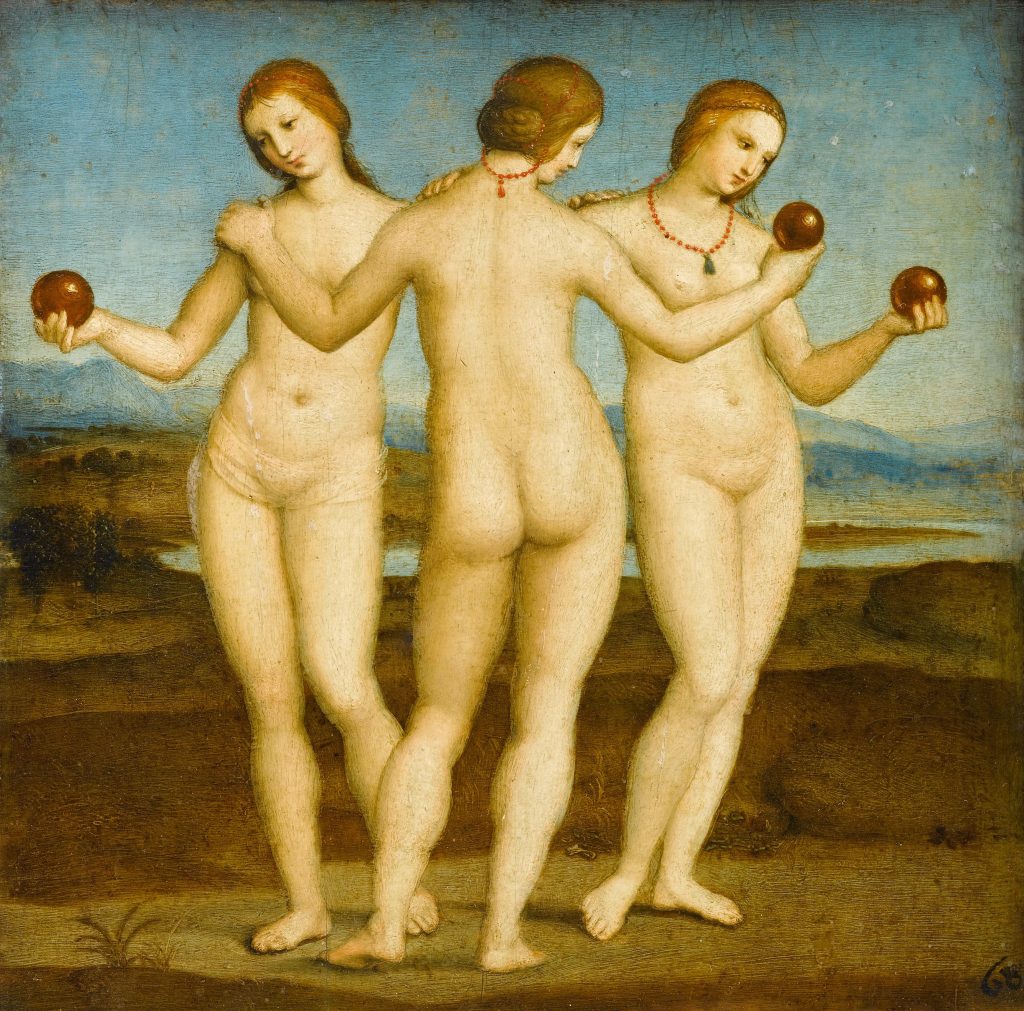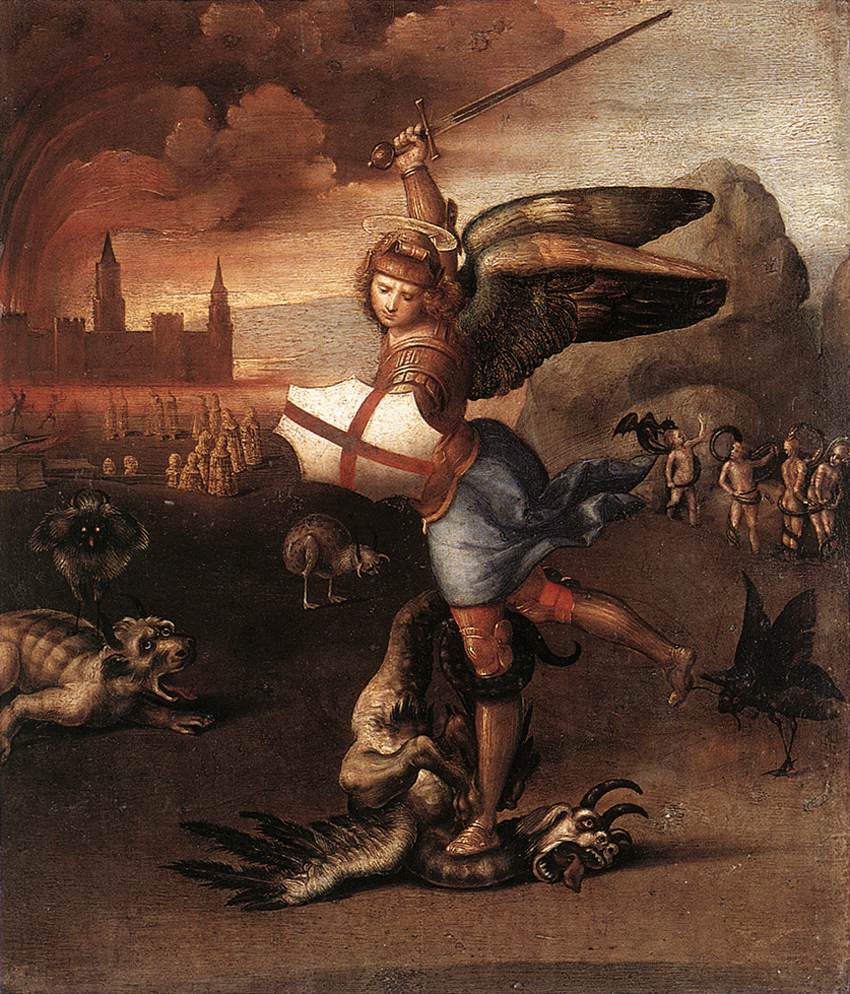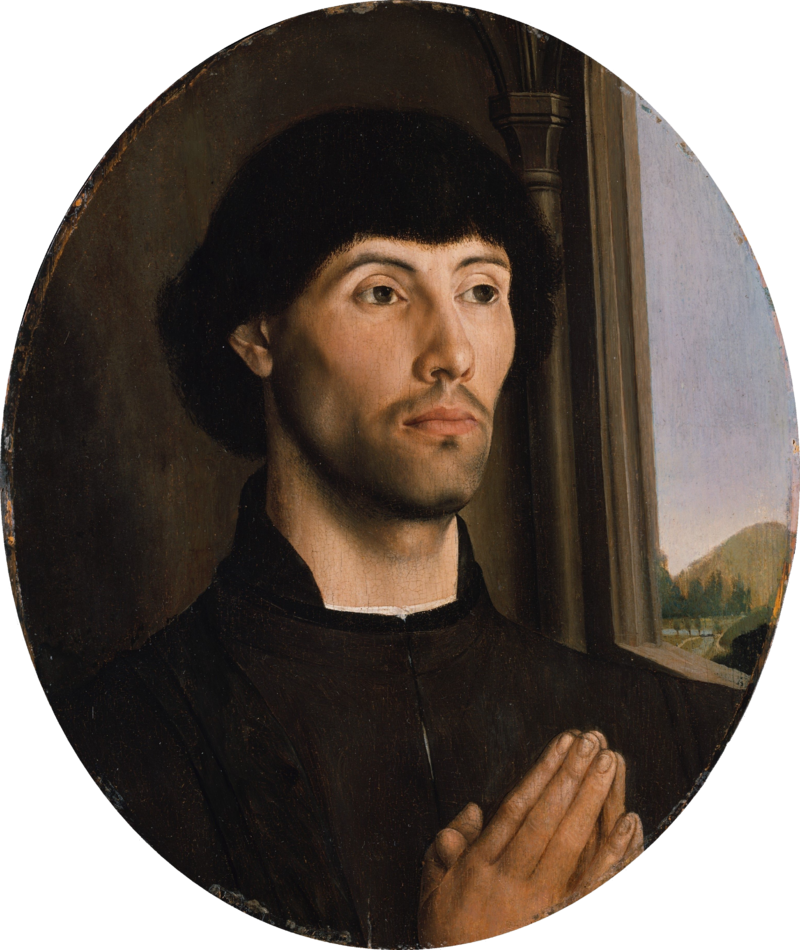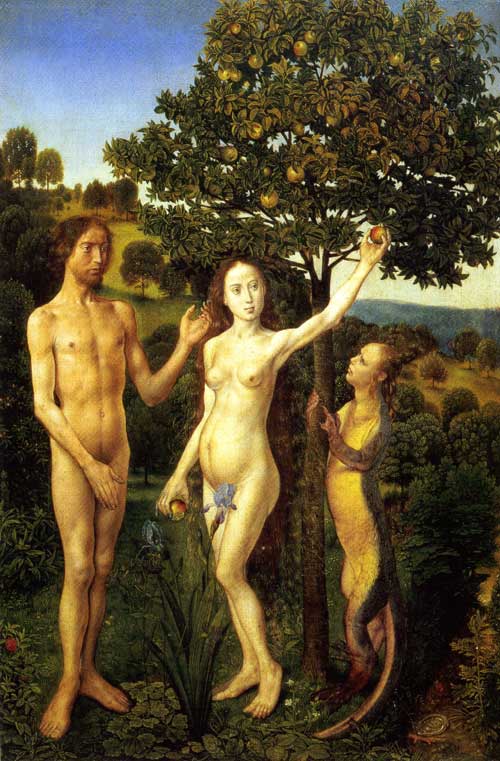WINSLOW HOMER (1836-1910)
Winslow Homer is an artist I believe first year Idea Program students can resonate with. Homer was an all-american landscape painter and printmaker who started off as a commercial illustrator at the age of 19, as he apprenticed for J. H. Bufford. Afterwards Homer began to specialize in making sheet music covers during his first two years of his career, then eventually he branched into bigger jobs such as working for Harper’s Weekly. Before starting his career, Homer and his family were well off, his uncle had a mansion in Belmont that inspired Homer’s first few works. Attending school at the National Academy of Design in New York, Homer was sent by Harper’s to sketch and draw the Amercian Civil War in 1861-1865. This opportunity transitioned Homer’s illustrated style into the more traditional art form. It was after getting back from the war was when Homer explored more with paints.

http://www.sonofthesouth.net/Winslow_Homer_Civil_War_1863.htm

https://www.artic.edu/artworks/113064/the-return-tynemouth-recto-study-verso
Winslow Homer’s career is a career I aspire to have. It did not seem like it was a struggle for Homer to start his career as an artist due to his apprenticeship with J. H. Bufford. Even so, Homer’s family was well off and had the money to send Homer to study abroad if Harper’s did not send him off to war instead. As for Homer’s paintings, it makes sense as to why Homer was a well renowned landscape artist of his time. As one who has experience with watercolour, it takes a great deal of confidence to use. I say that because unlike oil paint, it is very hard to layer and fix mistakes. However, if used right, watercolour can create an illusion of airiness and movement, which is why I think watercolour suits Homer. What I can depict from Homer’s art style is that it is very free handed, his strokes are painted with assurance. For example, “Fishing Boats, Key West” is a painting of three men fishing on their fishing boats. Homer does not focus on making his painting look life like. Instead Homer focuses on giving off the illusion that the atmosphere is moving.
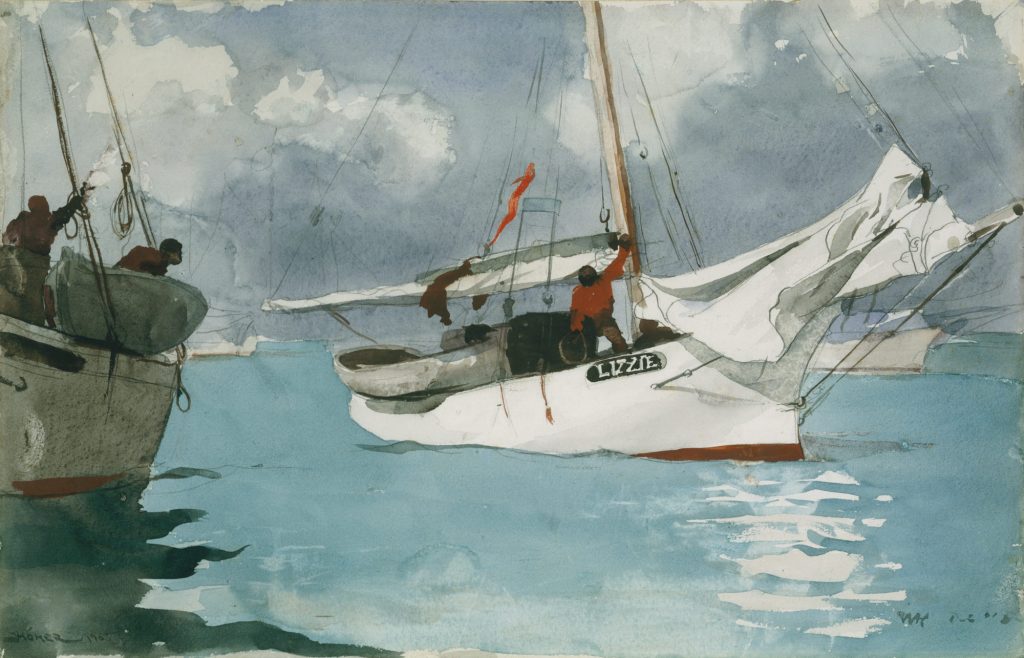
https://www.metmuseum.org/toah/works-of-art/10.228.1/

https://www.artic.edu/artworks/16776/after-the-hurricane-bahamas
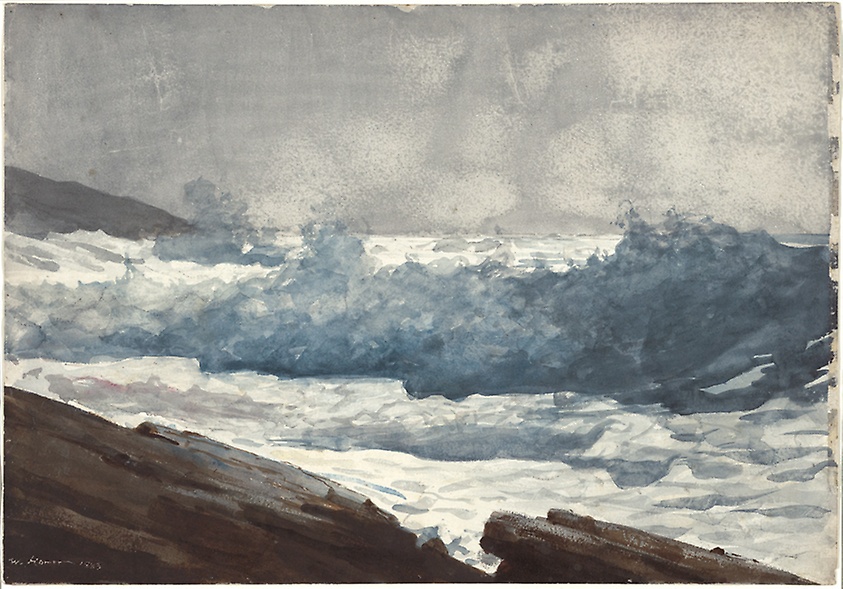
https://www.artic.edu/artworks/16815/prout-s-neck-breakers
Sources:
https://www.artic.edu/artists/34988/winslow-homer
